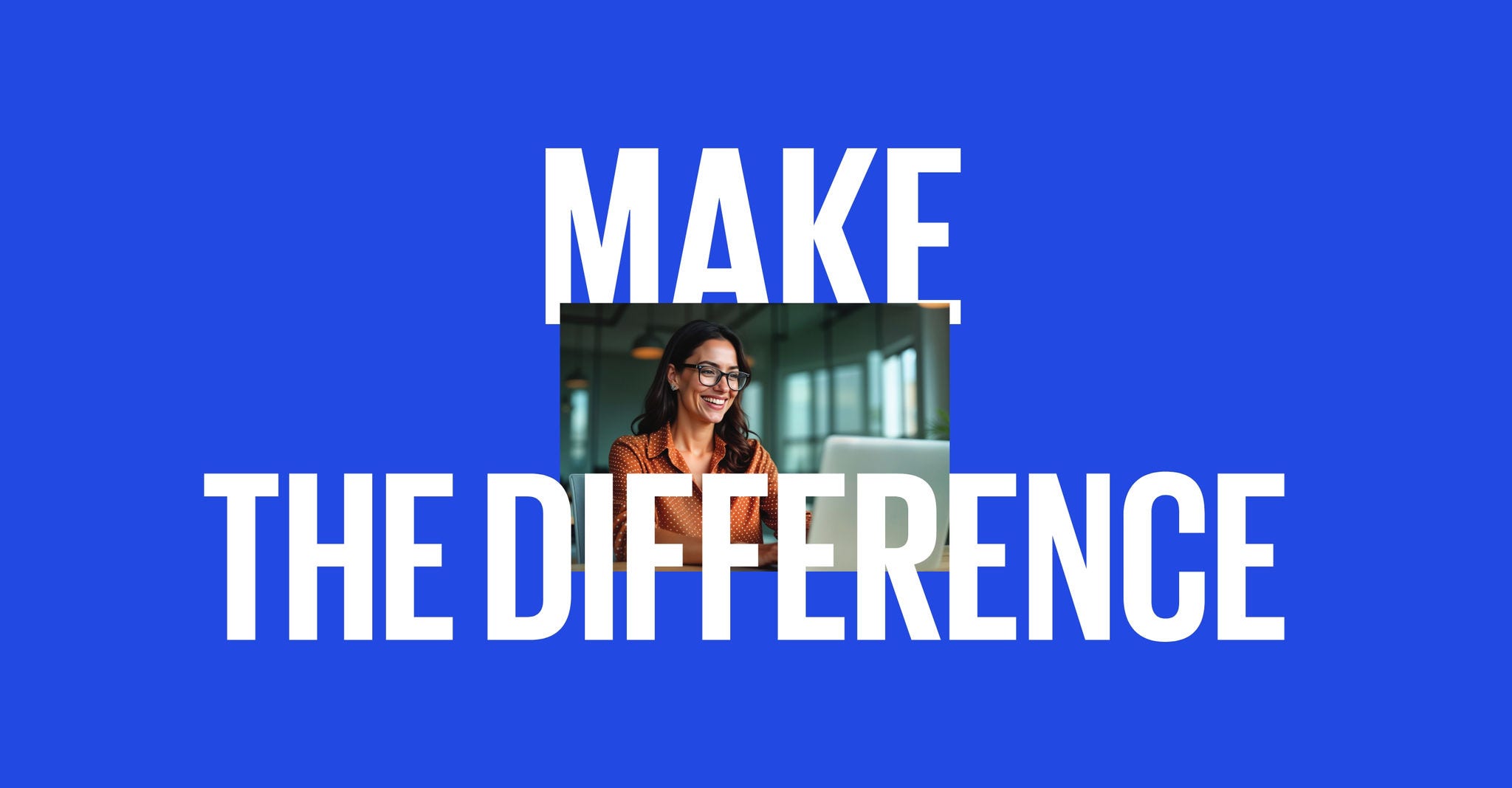Massive disruption to the global labour market driven by economic uncertainty, hybrid working, and technological change are leading to significant shifts in how learning is designed and delivered. Organisations are therefore increasingly having to utilise new and engaging methods to ensure learners have the ultimate learning experience.
Full day learning and development programmes have long been the norm for learners within the corporate environment. Traditional workplace learning initiatives typically takes the form of classroom-style instructor led training or full-length e-learning courses as organisations typically aim to provide employees with comprehensive learning programmes to address skills gaps. But in a tightening labour market with 44% of workers skills estimated to be disrupted by 2027, the ability to provide the right learning at the correct time and format will be paramount in an effective learning ecosystem. Many organisations are therefore shifting their focus towards microlearning as a strategic mechanism to engage employees and provide the ultimate blended learning experience.


